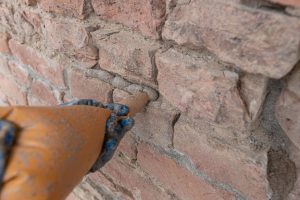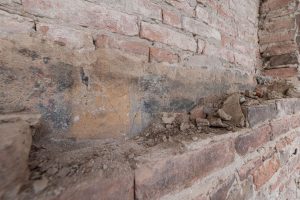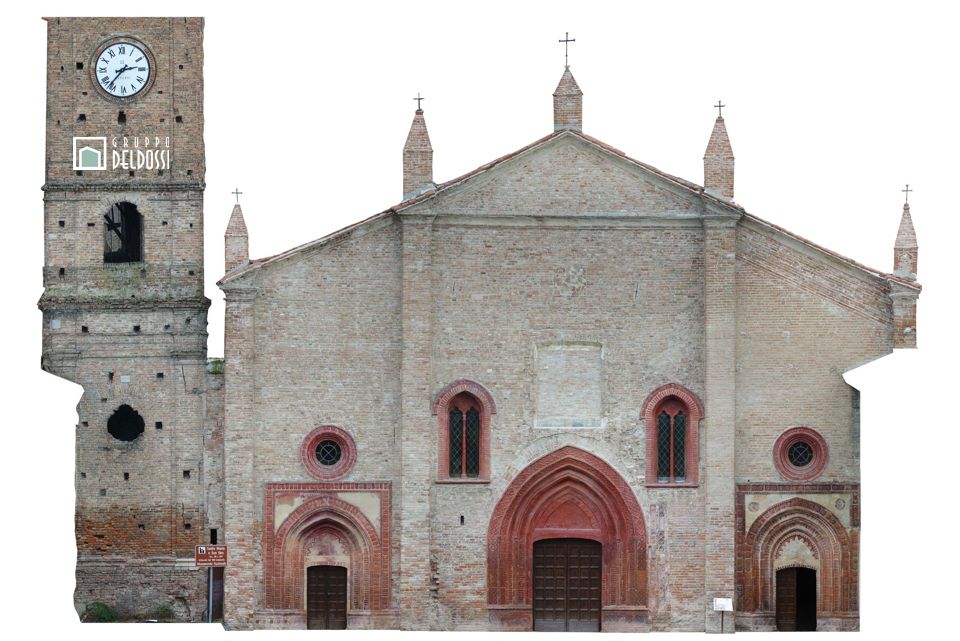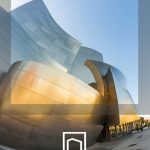Restauro della facciata principale della chiesa tessitura muraria in cotto antico

consolidamento e restauro Reticolatus
CHIESA DEI SANTI MARIA E SIRO Sale Al Italia Conservazione della facciata storica opere da restauratore GRUPPO DELDOSSI
Immerso in un’atmosfera di calma e silenzio, il restauratore iniziò ad accarezzare con cura il paramento murario in mattoni di cotto. Era stupefatto dalla delicatezza delle decorazioni in basso rilievo e dall’autentica del vecchio intonaco bellezza intorno ad esse.
Era una scena classica per chi si dedica al recupero e alla conservazione di beni culturali. Lì, in quella vecchia abitazione, attraverso il restauro, si stava preservando un pezzo di storia.
Il restauratore iniziò il suo lavoro. Era un intervento delicato che prevedeva il recupero dei mattoni originali e il miglioramento di altri materiali che avevano subito il passare del tempo, la pioggia e il vento.
Il primo passo, il recupero delle decorazioni in basso rilievo, era cruciale. La tecnica utilizzata fu quella del ‘consolidamento in profondità salvabordi ed integrazione con malte di calce naturale’: questo permesso di evitare qualsiasi danno ai mattoni antichi.
Poi, il lavoro sulle malte naturali di calce e sabbia. Si rese necessario un intervento di integrazione del paramento murario cuci scuci e malta di calce ad intonazione cromatica delle stilature. Ognuno dei mattoni doveva essere ripreso e ripulito, restaurato, anzi, per recuperare la bellezza e la ‘salute’ del materiale.
Ma il lavoro più importante, quello che richiedeva il massimo impegno, era il consolidamento strutturale del paramento. Questo si ottenne grazie al rinforzo di murature faccia vista reticolatus, una tecnica di rinforzo strutturale che avrebbe garantito la conservazione a lungo termine di quella struttura risalente a secoli addietro.
Il restauro era impegnativo, ma essenziale. Era così che un edificio di valore artistico e storico poteva tornare a brillare come un tempo. E così il lavoro andò avanti, fino al termine, quando il restauratore mise il suo sigillo sul lavoro svolto con un’attenzione straordinaria alla cura dei dettagli.

Restauratori stilatura facciata in cotto
Era una soddisfazione immensa, dopo aver lavorato con cura, vedi il proprio nome era rimasto legato alla storia, e alla conservazione di un patrimonio da rispettare e valorizzare per le generazioni future.
VIRTUAL TOUR INTERNO CHIESA PRIMA DEI RESTAURI
CHURCH OF SAINTS MARIA AND SIRO Sale Al Italy Conservation of the historic façade works by restorer GRUPPO DELDOSSI
Immersed in an atmosphere of calm and silence, the restorer began to carefully caress the terracotta brick wall facing. He was amazed by the delicacy of the bas-relief decorations and the authentic beauty of the old plaster around them.
It was a classic scene for those dedicated to the recovery and conservation of cultural heritage. There, in that old house, through restoration, a piece of history was being preserved.
The restorer began his work. It was a delicate intervention which involved the recovery of the original bricks and the improvement of other materials that had suffered the passage of time, rain and wind.
The first step, the recovery of the low relief decorations, was crucial. The technique used was that of ‘deep edge-saving consolidation and integration with natural lime mortars’: this allowed us to avoid any damage to the ancient bricks.

lacerto dipinti murali facciate
Then, the work on the natural lime and sand mortars. It became necessary to integrate the wall covering with stitching and lime mortar to match the color of the styling.
Each of the bricks had to be taken up and cleaned, restored, indeed, to recover the beauty and ‘health’ of the material.
But the most important job, the one that required the greatest commitment, was the structural consolidation of the facing. This was achieved thanks to the reinforcement of exposed reticolatus walls, a structural reinforcement technique that would have guaranteed the long-term conservation of that structure dating back centuries ago.
The restoration was challenging, but essential. This was how a building of artistic and historical value could shine like it once did. And so the work went on, until it was finished, when the restorer put his stamp on the work done with extraordinary attention to detail.
It was an immense satisfaction, after having worked with care, you see your name remained linked to history, and to the conservation of a heritage to be respected and enhanced for future generations.
RESTAURI ALESSANDRI RESTAURO PARAMENTI MURARI IN COTTO RESTAURATORI ALESSANDRIA RESTAURO PIEMONE CONSERVAZIONE E RESTAURO DIPINTI MURALI ALESSANDRIA





